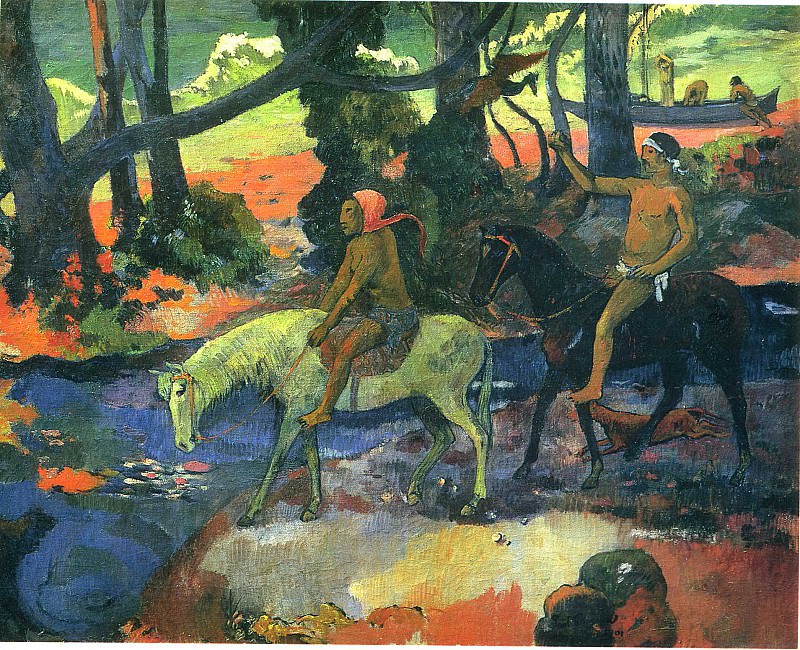Henry Scott Tuke: A Master of Maritime Art and Male Beauty
Henry Scott Tuke, a British painter born in 1858, is celebrated for his remarkable contributions to maritime art and his sensitive depictions of the male form. Tuke’s work is often associated with the Newlyn School, a group of artists based in Cornwall, who were known for their naturalistic approach and plein air techniques. Tuke’s art is a testament to his love for the sea and his deep appreciation of human beauty, particularly the male nude, which was a central theme throughout his career.
Early Life and Artistic Training
Born into a Quaker family in York, Tuke’s upbringing was marked by an environment that encouraged artistic expression. His father, Daniel Hack Tuke, was a prominent physician with a keen interest in the arts, which undoubtedly influenced young Henry’s artistic inclinations. In 1874, at the age of 16, Tuke enrolled at the Slade School of Fine Art in London, where he studied under notable instructors such as Alphonse Legros and Sir Edward Poynter. This period of rigorous training laid the foundation for Tuke’s future success as an artist.
The Influence of Cornwall and the Sea
In 1885, Tuke settled in Falmouth, Cornwall, a coastal town that would become his lifelong home and the primary inspiration for much of his work. The rugged coastline, the ever-changing light, and the vibrant maritime culture of Cornwall provided Tuke with endless subject matter. It was here, surrounded by the natural beauty of the sea, that Tuke developed his signature style, characterized by a harmonious blend of realism and impressionism.
Tuke’s paintings of ships and sailors reflect his intimate knowledge of the maritime world. His detailed depictions of boats, often set against the backdrop of a sparkling sea, capture the dynamic interplay of light and water. However, it is Tuke’s portrayal of the human figure, particularly young men, that sets his work apart. His paintings of nude boys bathing in the sea are among his most famous works, celebrated for their technical skill and emotional depth.
The Celebration of Male Beauty
Tuke’s art is often interpreted as a celebration of male beauty and youth. His depictions of the male nude were groundbreaking for their time, offering a sensual yet respectful portrayal of the human body. Tuke’s boys are often depicted in idyllic, sunlit settings, their forms bathed in the soft glow of natural light. These works convey a sense of innocence and freedom, capturing moments of youthful exuberance and the simple pleasures of life by the sea.
One of Tuke’s most famous paintings, "August Blue" (1893-1894), exemplifies his mastery in rendering the male form. The painting depicts four boys bathing in the sea, their bodies glistening in the sunlight. The composition is carefully balanced, with the boys’ forms arranged in a rhythmic pattern that echoes the gentle waves of the water. The painting is not merely a study of anatomy but an exploration of light, color, and movement, creating a serene and timeless image.
Challenges and Controversies
Despite the acclaim Tuke received for his work, his focus on the male nude was not without controversy. In Victorian and Edwardian England, where conservative social norms prevailed, Tuke’s paintings of nude boys were considered provocative by some. However, Tuke managed to navigate these challenges with tact, often portraying his subjects in a manner that emphasized their innocence and the natural beauty of the human form.
Tuke’s work also reflects the broader cultural shifts of his time. The late 19th and early 20th centuries saw a growing interest in the aesthetic movement, which celebrated beauty and art for art’s sake. Tuke’s paintings, with their focus on form, color, and composition, align with this movement, showcasing his belief in the power of art to transcend conventional boundaries.
Legacy and Influence
Henry Scott Tuke’s legacy as an artist is enduring, with his work continuing to inspire and captivate audiences to this day. His paintings offer a unique glimpse into a world where the beauty of nature and the human form are inextricably linked. Tuke’s ability to capture the fleeting moments of life by the sea, combined with his sensitive portrayal of male beauty, has earned him a place among the most respected artists of his time.
Tuke’s influence can be seen in the work of later artists who explored similar themes of youth, beauty, and the natural world. His paintings of boys by the sea, with their emphasis on light and atmosphere, have inspired generations of artists who seek to capture the ephemeral qualities of life.
Conclusion: A Timeless Artistic Vision
Henry Scott Tuke’s art is a testament to his unique vision and his deep connection to the natural world. His paintings are not merely representations of reality but explorations of light, color, and form. Through his work, Tuke invites viewers to see the world through his eyes, to experience the beauty of the sea, the joy of youth, and the timeless appeal of the human form.
Tuke’s legacy as a master of maritime art and a pioneer in the portrayal of male beauty continues to resonate, reminding us of the enduring power of art to capture the essence of the human experience.



